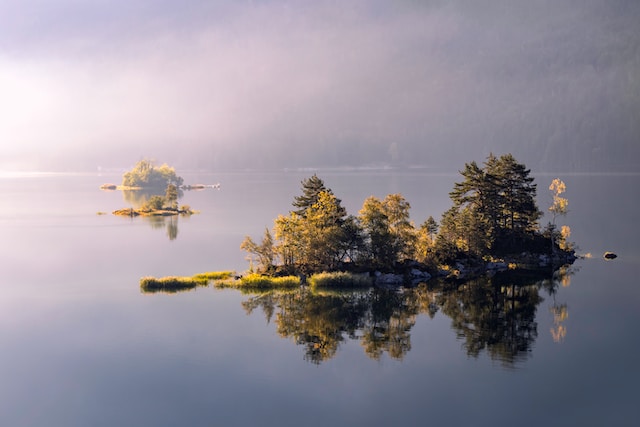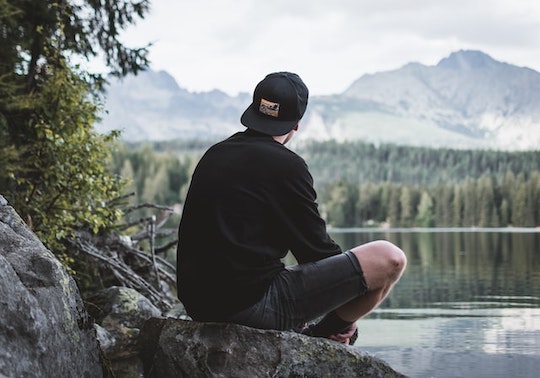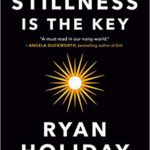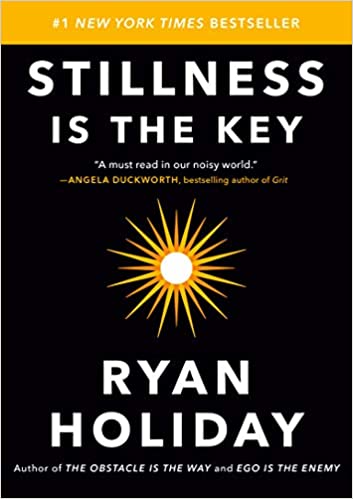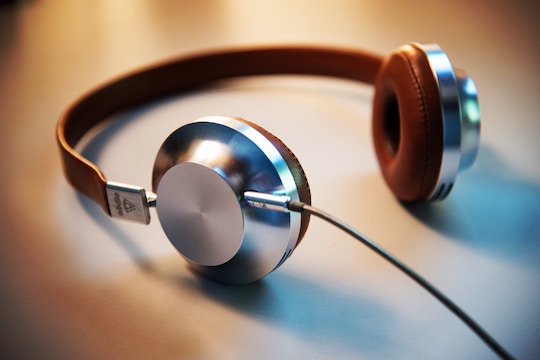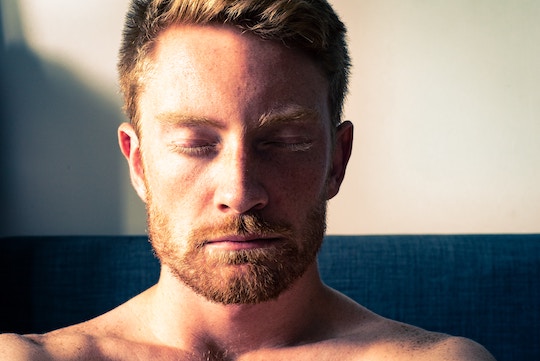“Desires that arise in agitation are more aligned with your ego. Desires that arise in stillness are more aligned with your soul.”
—Cory Muscara, instructor of positive psychology at the University of Pennsylvania
There is nothing wrong with wanting things. The idea that we can separate our desires into two categories seems like a useful exercise if we feel the need to do a bit of re-balancing.
What goals are you pursuing that create a sense of agitation and stress?
Where are you pursuing power, status, or other achievements viewed and scrutinized by others in your communities?
What are some of your quieter goals that bubble up in stillness?
These are likely the ones with no specific metric or scoreboard to measure yourself.
EXERCISE:
Create two lists of your ego and soul-based desires.
Consider letting your level of agitation or stillness guide you to which items deserves more attention.



